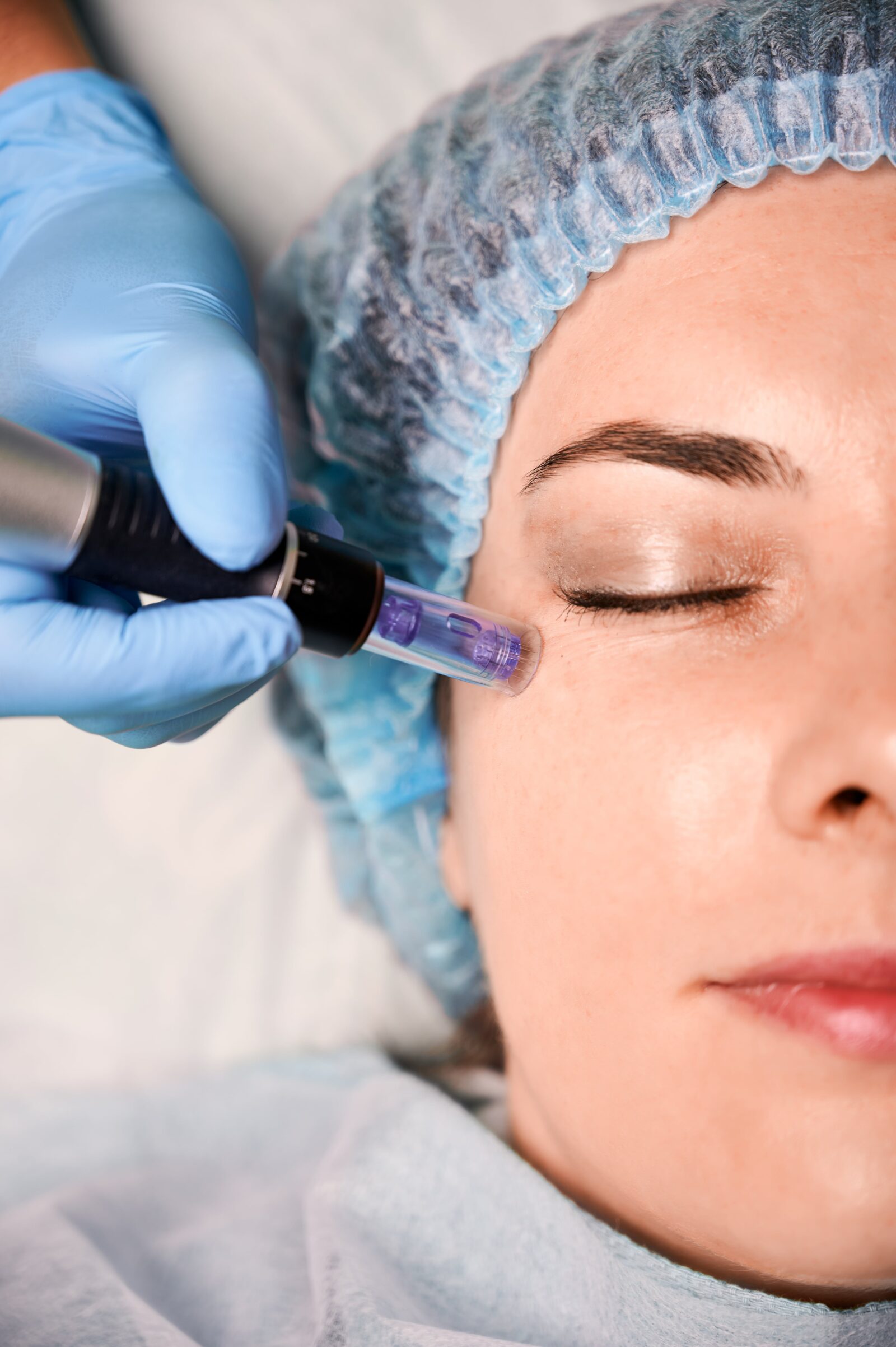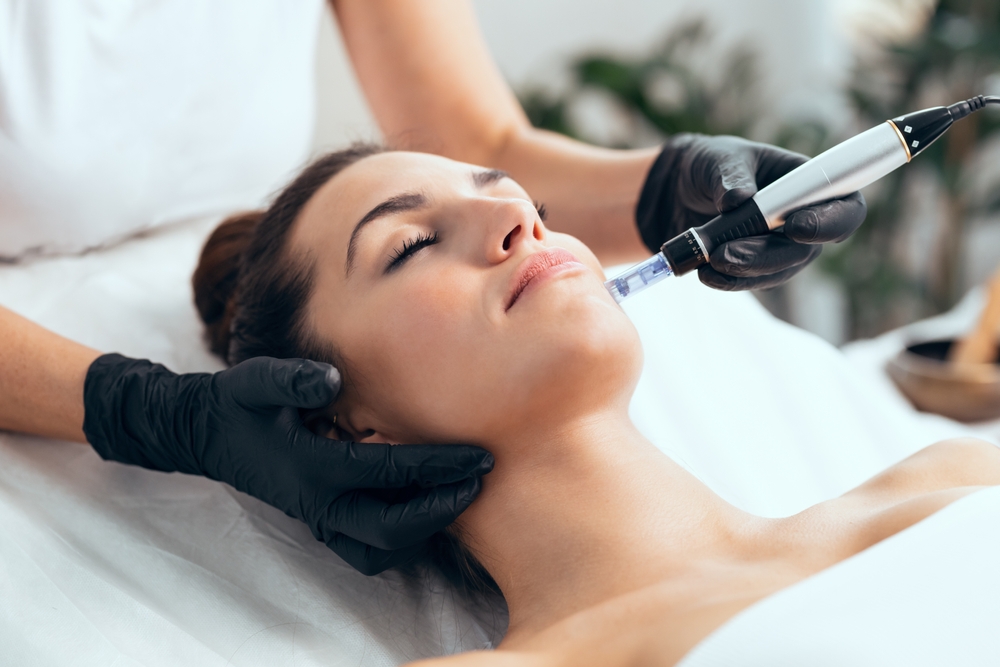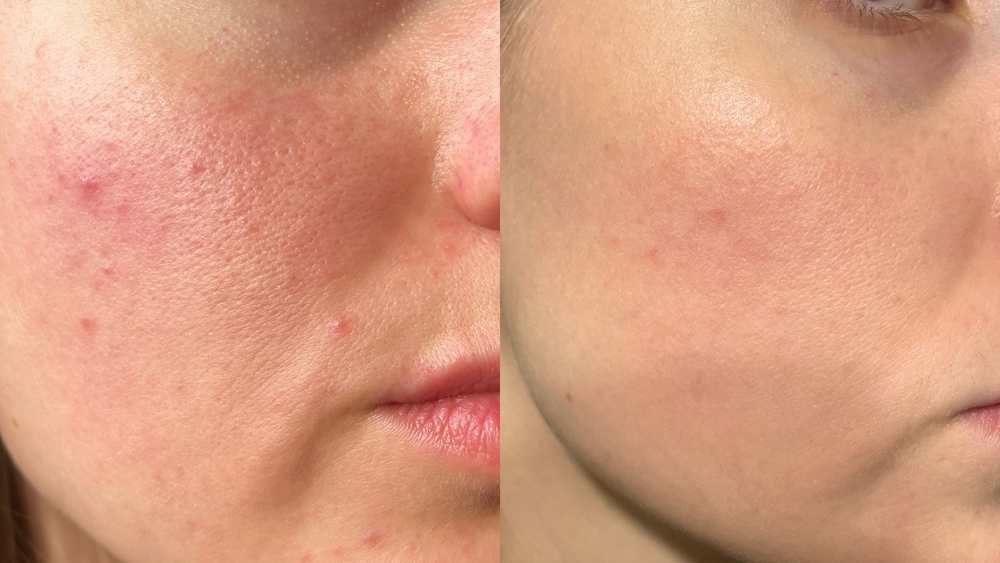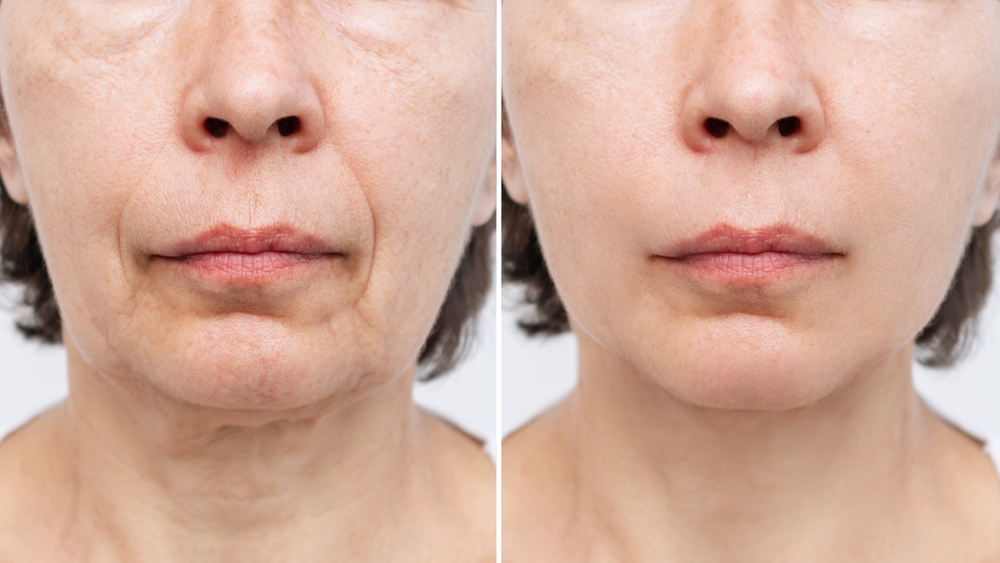Microneedling, a popular skin rejuvenation procedure, has gained significant attention in recent years. Also known as collagen induction therapy, it involves the use of a device with tiny needles to create controlled micro-injuries on the skin’s surface. These micro-injuries stimulate the body’s natural healing process, leading to the production of new collagen and elastin, resulting in smoother, firmer, and more youthful-looking skin. While the benefits of microneedling are well-documented, a common concern among potential patients is the level of discomfort associated with the procedure. In this blog, we aim to explore the question: Does microneedling hurt?
Understanding the Procedure
Before delving into the pain aspect, it is crucial to understand how microneedling works. The procedure typically involves numbing the treatment area with a topical anesthetic cream before starting the process. This numbing cream helps reduce any discomfort during the procedure. The microneedling device, equipped with fine needles, is then gently rolled or pressed over the skin’s surface, creating micro-injuries.
Does Microneedling Hurt?

The perception of pain can vary greatly among individuals, and it’s essential to recognize that everyone’s pain threshold is different. As with many cosmetic procedures, sensations during microneedling can range from mild discomfort to a slightly more intense feeling.
Sensation of Pricking: During the microneedling process, patients often describe a sensation similar to pricking or tingling on the skin. The topical numbing cream significantly diminishes the discomfort, making the treatment relatively tolerable for most individuals.
Sensitivity of Treatment Area: The level of discomfort may also depend on the sensitivity of the treatment area. For instance, microneedling on bony areas like the forehead or near the eyes may be more sensitive than on other parts of the face.
Depth of Needle Penetration: The depth of needle penetration can be adjusted based on the skin concern being addressed. Deeper penetration may cause slightly more discomfort, but it can also yield more significant results for certain skin issues.
After-effects: It is normal to experience mild redness and a feeling of tightness in the treated area for a day or two after a microneedling procedure. This can be compared to mild sunburn and is usually well-tolerated by patients.
Managing Discomfort
Microneedling discomfort is generally well-managed, and the vast majority of patients find the procedure to be tolerable. Here are some ways to ensure a comfortable experience:
Topical Numbing Cream: As mentioned earlier, the application of a topical numbing cream before the procedure significantly reduces discomfort.
Communicate with Your Provider: Effective communication with your skincare professional is vital. They can tailor the treatment to your specific needs and address any concerns you might have.
Relaxation Techniques: Engaging in relaxation techniques, such as deep breathing or listening to calming music, can help alleviate any anxiety associated with the procedure.
In Conclusion
In conclusion, while microneedling may cause some level of discomfort, the pain is generally manageable and temporary. The benefits of this skin rejuvenation technique far outweigh any potential discomfort, as the procedure can improve the overall texture and appearance of the skin significantly. If you are considering microneedling, be sure to consult with a qualified skincare professional who can guide you through the process and ensure a safe and comfortable experience. Remember, individual experiences may vary, but with proper preparation and communication, you can achieve the desired results with minimal discomfort.







